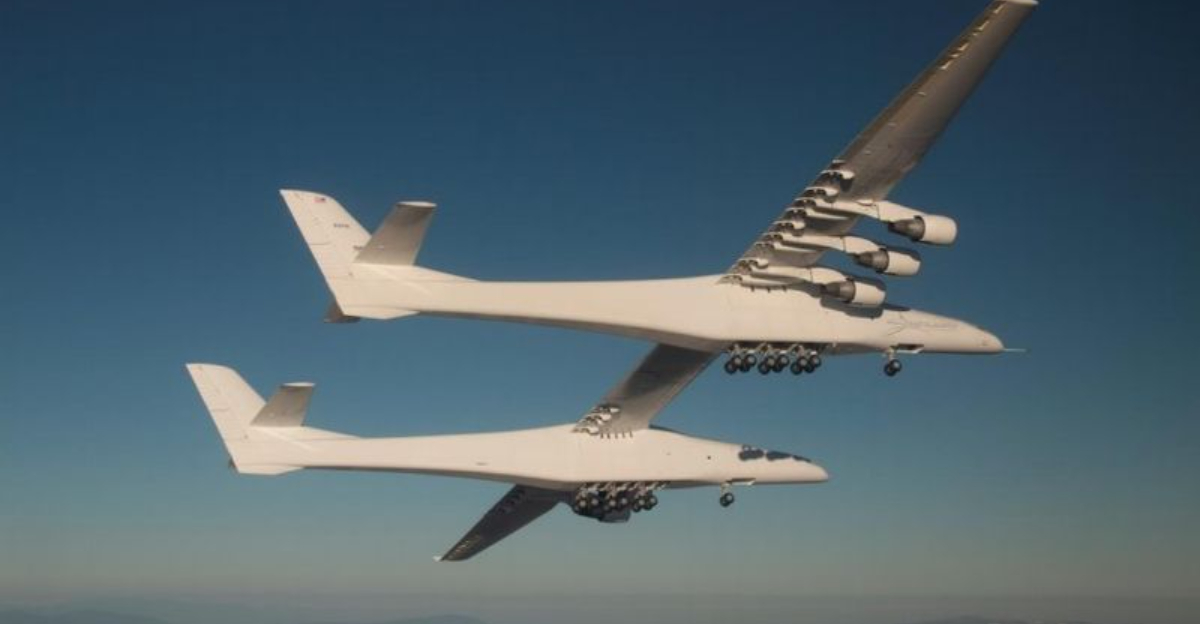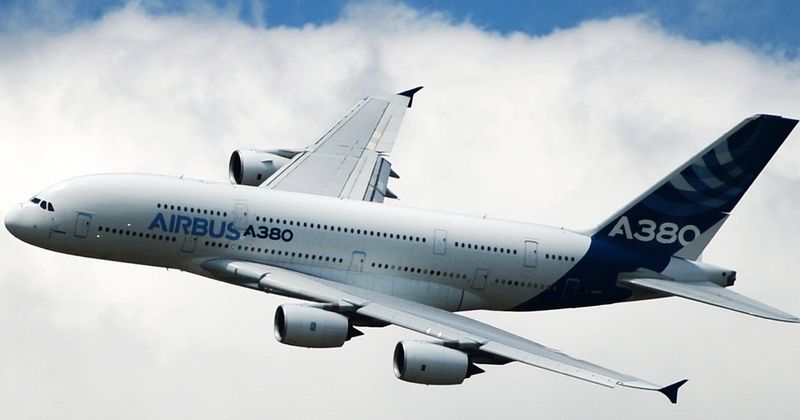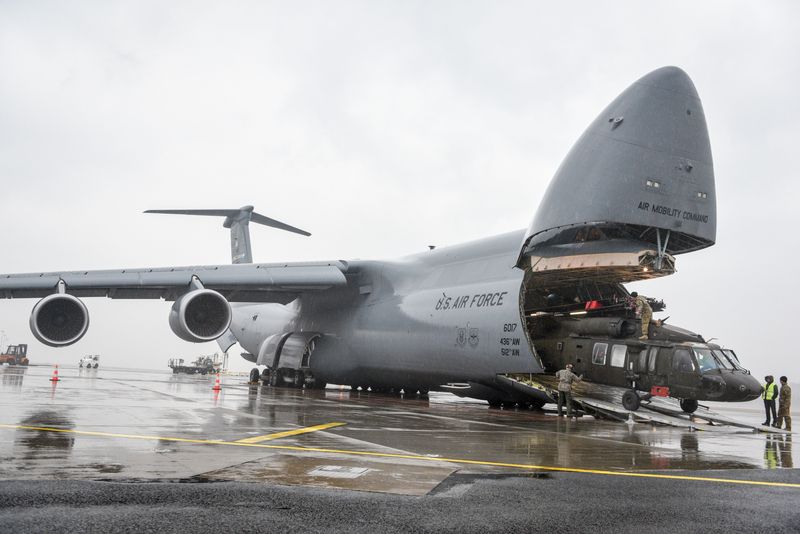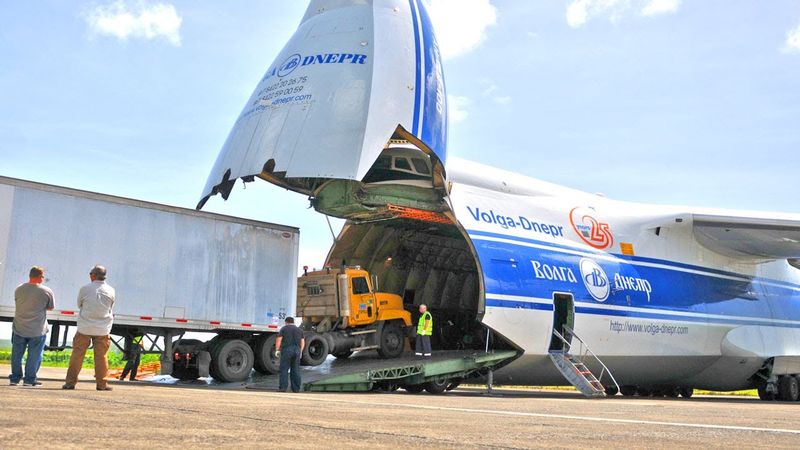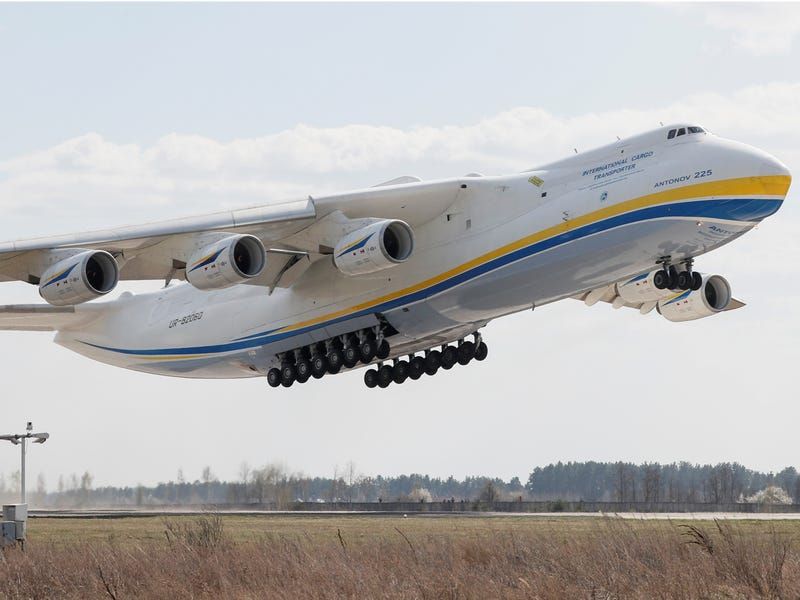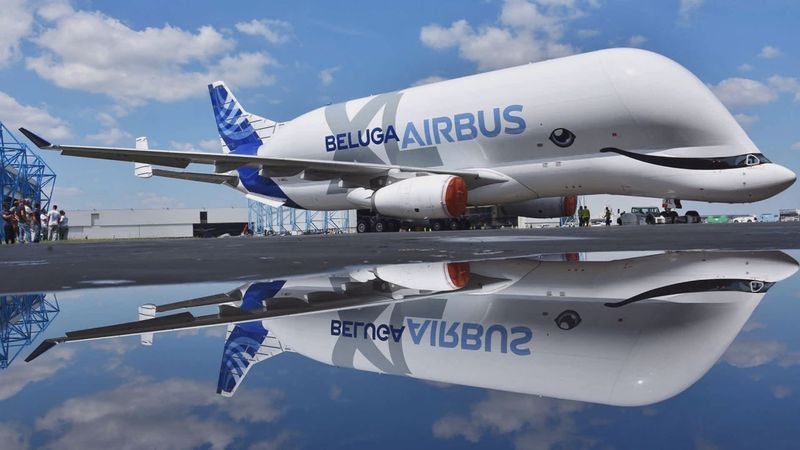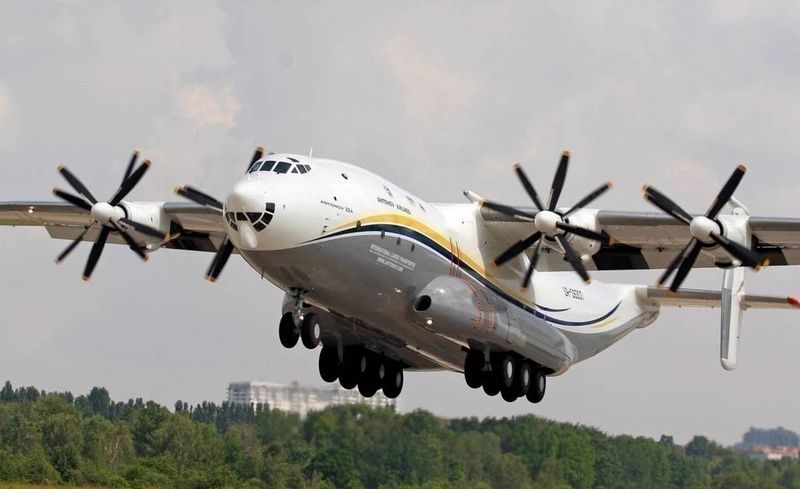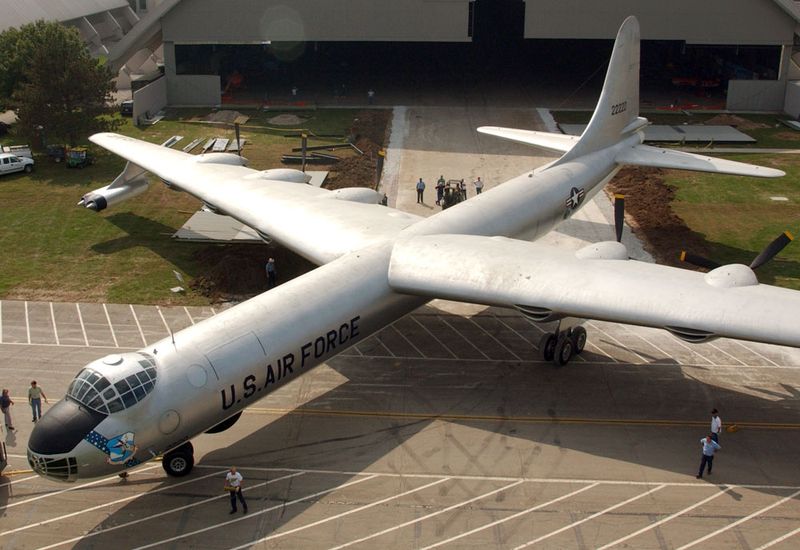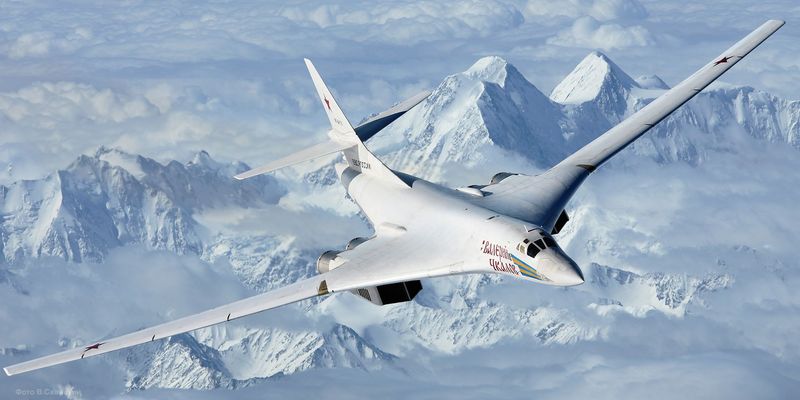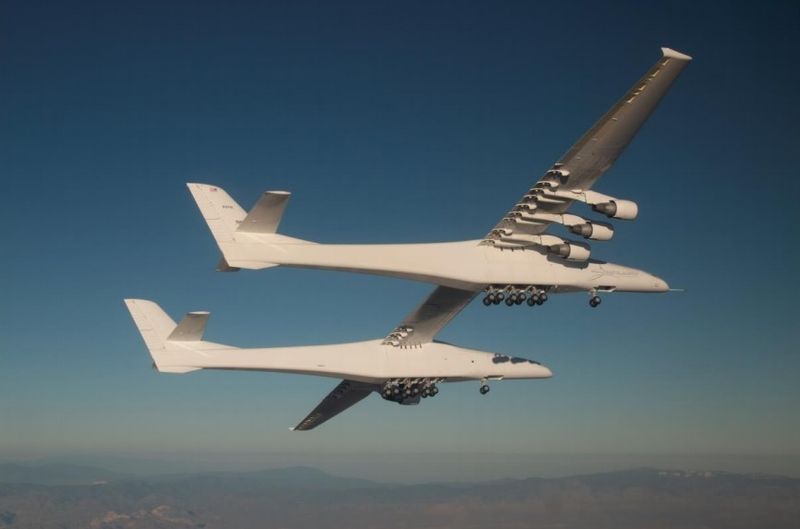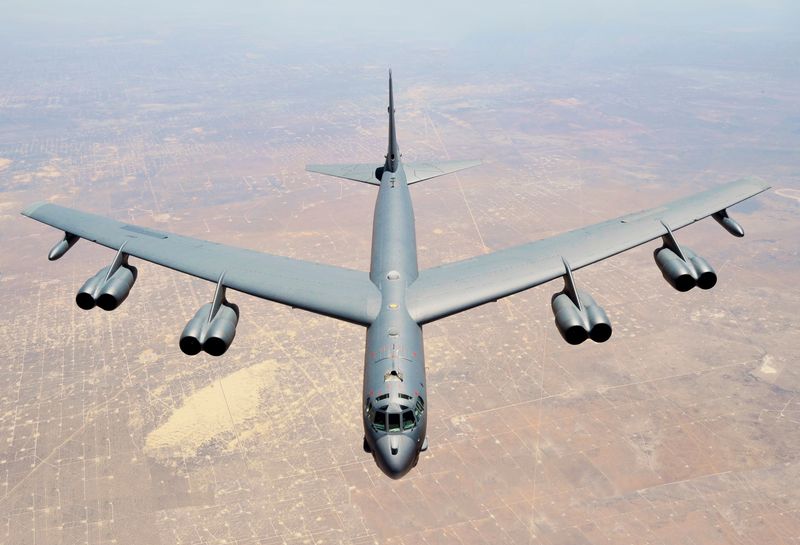Explore the fascinating world of aviation through this detailed examination of aircrafts that push the boundaries of size and engineering. From the iconic Boeing 747 to the massive Antonov An-225 Mriya, this post highlights 17 extraordinary machines. Five are often perceived as giants of the sky, while thirteen truly redefine what it means to be colossal. Each has its own story, design marvel, and contribution to aviation history. Dive into a journey that reveals surprising facts, unexpected histories, and the awe-inspiring technology behind these flying behemoths.
1. Boeing 747 “Queen of the Skies” (1970)
A marvel of aviation, the Boeing 747 earned its “Queen of the Skies” title with grace and grandeur. Its length of 250 feet and wingspan of 224 feet make it a remarkable sight. Originally intended for cargo, the hump design became a first-class lounge. Passengers have enjoyed its spaciousness and comfort across continents. Its introduction in the 1970s changed commercial air travel forever. The 747 has served as a jumbo jet, Air Force One, and in various other roles, showcasing admirable versatility. An icon in aviation, this plane remains a symbol of luxury and innovation.
2. Airbus A380 (2007)
The Airbus A380, with its 239-foot length and 261-foot wingspan, embodies luxury and efficiency. Its double-decker structure offers unparalleled space and comfort. Debuting in 2007, it revolutionized long-haul travel, offering a quiet and smooth ride. Airports worldwide had to adapt to accommodate this giant. The A380’s engineering and performance are testaments to modern aviation excellence. Its contribution to reducing travel time and enhancing in-flight experience makes it a favorite among travelers. Truly a modern marvel, it’s a giant in every sense.
3. Lockheed C-5 Galaxy (1968)
The Lockheed C-5 Galaxy, a military titan, stands imposing at 247 feet long with a 222-foot wingspan. A true heavy-lifter, it transports six Greyhound buses or two M1 Abrams tanks with ease. Designed for strategic airlift missions, its versatility in carrying oversized cargo is unmatched. Its innovative nose design allows efficient loading. Since 1968, it has supported military operations worldwide, proving invaluable in logistics. Its durability and adaptability in demanding conditions highlight engineering brilliance. A powerhouse in the sky, the C-5 Galaxy is a testament to military might and technological achievement.
4. Antonov An-124 Ruslan (1982)
With a powerful presence, the Antonov An-124 Ruslan is a cornerstone of heavy air transport. Its 226-foot length and 240-foot wingspan make it one of the largest cargo planes globally. Featuring an upward-opening nose, it facilitates straightforward loading of massive cargo. Since its introduction in 1982, it has been vital for transporting heavy machinery and equipment to remote areas. Its robust design withstands challenging conditions, ensuring reliability. A feat of Soviet engineering, the An-124 continues to serve both military and humanitarian missions, showcasing its enduring importance in the aviation world.
5. Boeing 777X (2020)
The Boeing 777X, a symbol of innovation, boasts a length of 252 feet and wingspan of 235 feet with folding wingtips. As the largest twin-engine jet, it merges efficiency with elegance. Launched in 2020, it enhances fuel economy while retaining passenger comfort. Its advanced technology sets new standards in long-haul travel. The folding wingtips reduce airport gate space requirements, showcasing adaptability. It’s celebrated for its quiet engines and luxurious interior. The 777X represents the future of aviation, blending cutting-edge technology with environmental consciousness. A pioneer in modern aviation.
1. Antonov An-225 Mriya (1988) – Largest Plane Ever Built
The Antonov An-225 Mriya’s sheer size is astounding, with a length of 275 feet and a wingspan of 290 feet. As the largest aircraft ever constructed, its cargo capacity of 250 tons is unparalleled. Tragically destroyed in 2022, it was renowned for carrying oversized loads like other planes and spacecraft. Its six engines provided immense power, enabling it to accomplish feats unimaginable for other aircraft. A masterpiece of Soviet engineering, the An-225 was a symbol of ambition and capability, leaving behind a legacy of awe and achievement in aviation history.
2. Hughes H-4 Hercules “Spruce Goose” (1947)
The Hughes H-4 Hercules, affectionately known as the “Spruce Goose,” is an icon of ambition. With a wingspan of 320 feet, it was crafted entirely from wood due to wartime metal shortages. Despite its name, birch was the primary material. It flew just once, covering a mile over the water, yet its legacy endures. Designed by Howard Hughes, it represents both innovation and extravagance. Its colossal size and unique construction captivated public interest, making it a legendary piece of aviation history. The “Spruce Goose” remains a symbol of creativity and daring.
3. Airbus Beluga XL (2018)
Whimsical in appearance, the Airbus Beluga XL earns the nickname “the flying whale” for its distinctive shape. Its cargo hold, with a 27-foot diameter, swallows massive components with ease. Built for transporting large aircraft parts, it plays a crucial role in Airbus logistics. The smile-shaped cockpit adds character to its functional design. Since 2018, the Beluga XL has been vital in connecting production sites across Europe. Beyond its humorous exterior lies a powerful and essential fleet member. Its unique design and purpose-driven functionality make it stand out in modern aviation.
4. Boeing 747 Dreamlifter (2006)
The Boeing 747 Dreamlifter, a logistical giant, is engineered for efficiency in transporting large cargo. With a cavernous cargo capacity of 65,000 cubic feet, it comfortably accommodates three 737 fuselages. Introduced in 2006, it revolutionized the transport of aircraft components. Its modified design, featuring an enlarged fuselage, enables swift and secure loading. Employed in Boeing’s supply chain, it ensures seamless production flow. The Dreamlifter exemplifies innovation in air freight, demonstrating how design alterations can enhance functionality. A vital asset, it underscores the significance of specialized aircraft in modern manufacturing.
5. Antonov An-22 (1965) – Largest Turboprop
The Antonov An-22, a pioneering giant among turboprops, spans 190 feet in length. As the largest turboprop aircraft, it combines strength and endurance. Still operational after nearly six decades, the An-22 has supported countless missions. Its innovative design, featuring contra-rotating propellers, provides remarkable lift and efficiency. Used for both military and humanitarian efforts, it has proven invaluable in diverse situations. Its enduring service is a testament to its robust construction and adaptability. The An-22 stands as a symbol of reliability, illustrating the enduring power of innovative engineering.
6. Convair B-36 Peacemaker (1946)
The Convair B-36 Peacemaker, known as “six turning, four burning,” is a monumental bomber with a wingspan of 230 feet. Its unique engine configuration, combining piston and jet engines, enabled long-range capabilities crucial during the Cold War. First flown in 1946, it symbolized America’s aerial prowess. Its vast size allowed for extended missions and considerable payloads. As a strategic deterrent, it played a vital role in maintaining peace through strength. The B-36 remains an engineering marvel, representing a pivotal era in military aviation and technological advancement.
7. Tupolev Tu-160 “White Swan” (1981)
The Tupolev Tu-160, dubbed the “White Swan,” effortlessly combines elegance and power. With a wingspan of 183 feet, it holds the title as the largest supersonic aircraft. Capable of reaching Mach 2.05, its speed and agility are unmatched. First flown in 1981, it remains a vital component of Russia’s strategic bomber fleet. The Tu-160’s variable-sweep wings allow for optimal flight performance, adaptable to various missions. Its sleek design and formidable capabilities make it a symbol of Russian aviation prowess. A masterpiece of speed and grace, the “White Swan” continues to impress.
8. Scaled Composites Stratolaunch (2019)
The Scaled Composites Stratolaunch, with its extraordinary wingspan of 385 feet, captures attention with its scale and ambition. Designed for launching rockets, its dual fuselage accommodates substantial payloads. First flown in 2019, it represents a leap in aerospace technology and innovation. The dual-cockpit design ensures precision in operation. As a launch platform, it embodies the vision of expanding human reach into space. The Stratolaunch is more than a plane; it’s a step towards new frontiers. Its groundbreaking design and purpose highlight the evolving landscape of aviation and space exploration.
9. Mil V-12 Homer (1968) – Largest Helicopter
The Mil V-12 Homer stands as a giant among helicopters with its rotor diameter of 114 feet. As the largest helicopter ever built, it set records in lifting capacity during its brief service. Only two were constructed, yet their feats remain unsurpassed. Designed for heavy transport, it was a Soviet engineering triumph. Its dual rotor system provided unparalleled lift, essential for transporting large loads. Despite its limited production, the V-12’s legacy endures in the record books. Its innovative design and achievements continue to inspire awe, reflecting the possibilities of rotary-wing aviation.
10. Boeing B-52 Stratofortress (1952)
The Boeing B-52 Stratofortress, a symbol of endurance, has remained in service since 1952. With a wingspan of 185 feet, it’s known for its versatility and longevity. Designed for strategic bombing, it has adapted to various roles over the decades. Its eight engines provide the power needed for extended missions. Expected to serve until 2050, its lifespan is a testament to its robust design and continuous upgrades. The B-52 is legendary, representing both historical significance and future potential in military aviation. An enduring icon, it showcases the art of engineering excellence.
11. Airbus A340-600 (2001)
The Airbus A340-600’s sleek silhouette stretches an impressive 247 feet. Known for its length, it was the longest commercial airliner before the Boeing 777X’s debut. With four engines, it offers reliability and range for long-haul journeys. Since entering service in 2001, it has transported passengers across continents, providing comfort and efficiency. Its spacious cabin and advanced technology appeal to airlines and travelers alike. Despite newer models entering the scene, the A340-600 remains a favored choice for specific routes. Its blend of elegance and functionality underscores its place in commercial aviation history.
12. Lockheed SR-71 Blackbird (1966)
The Lockheed SR-71 Blackbird, a marvel of speed and stealth, redefined reconnaissance. With a length of 107 feet, it could fly from New York to London in under two hours. First taking flight in 1966, its advanced technology allowed it to cruise at Mach 3. Its sleek design minimized radar detection, making it a formidable tool during the Cold War. The Blackbird’s contributions to intelligence gathering were invaluable. Though retired, its legacy continues to influence aviation design and technology. An icon of aerodynamics, it remains celebrated for pushing boundaries and achieving the extraordinary.
